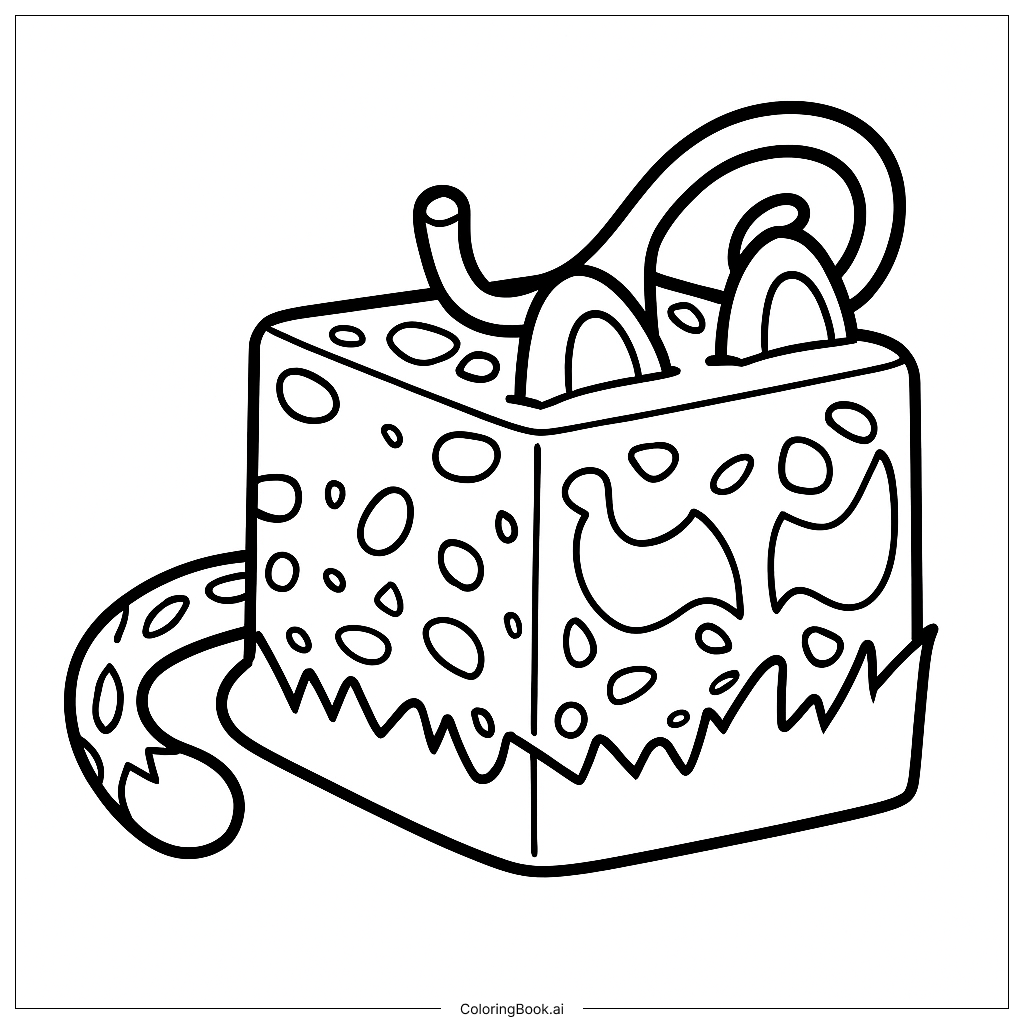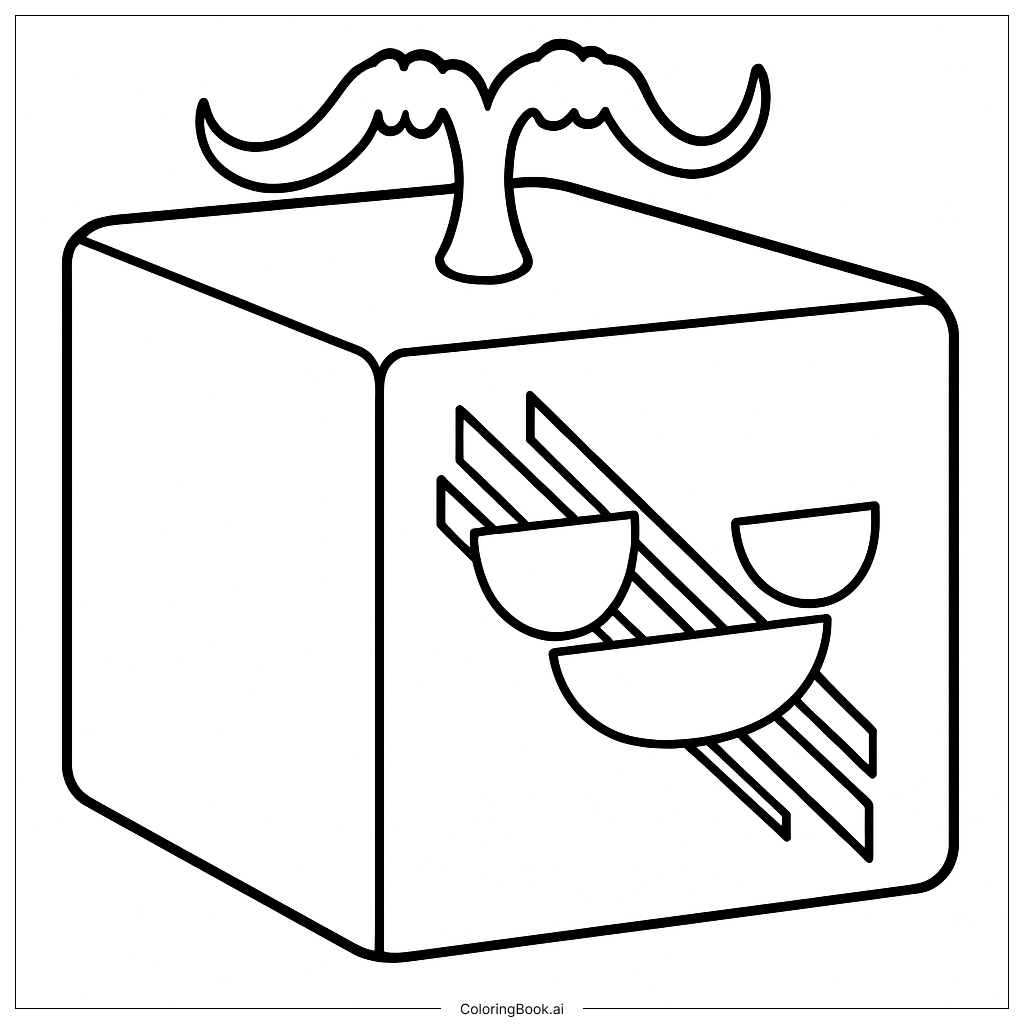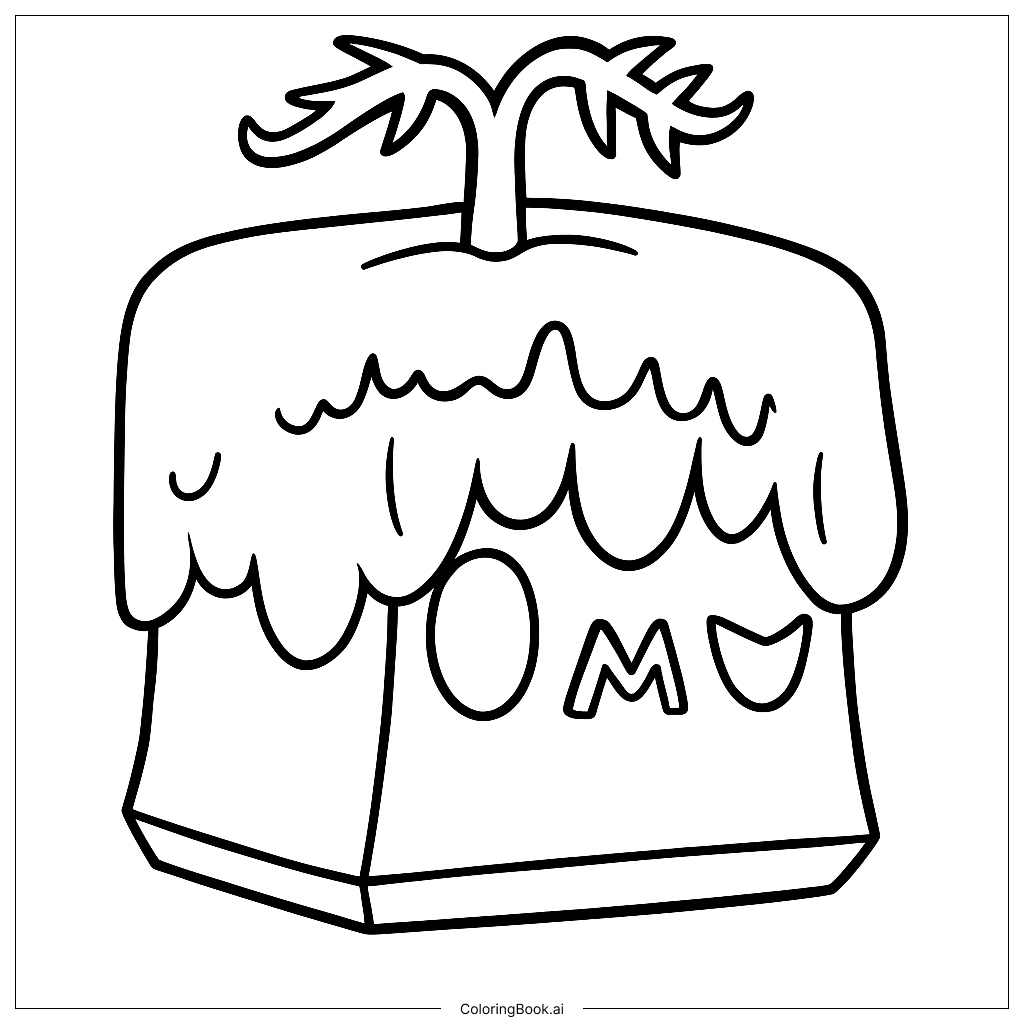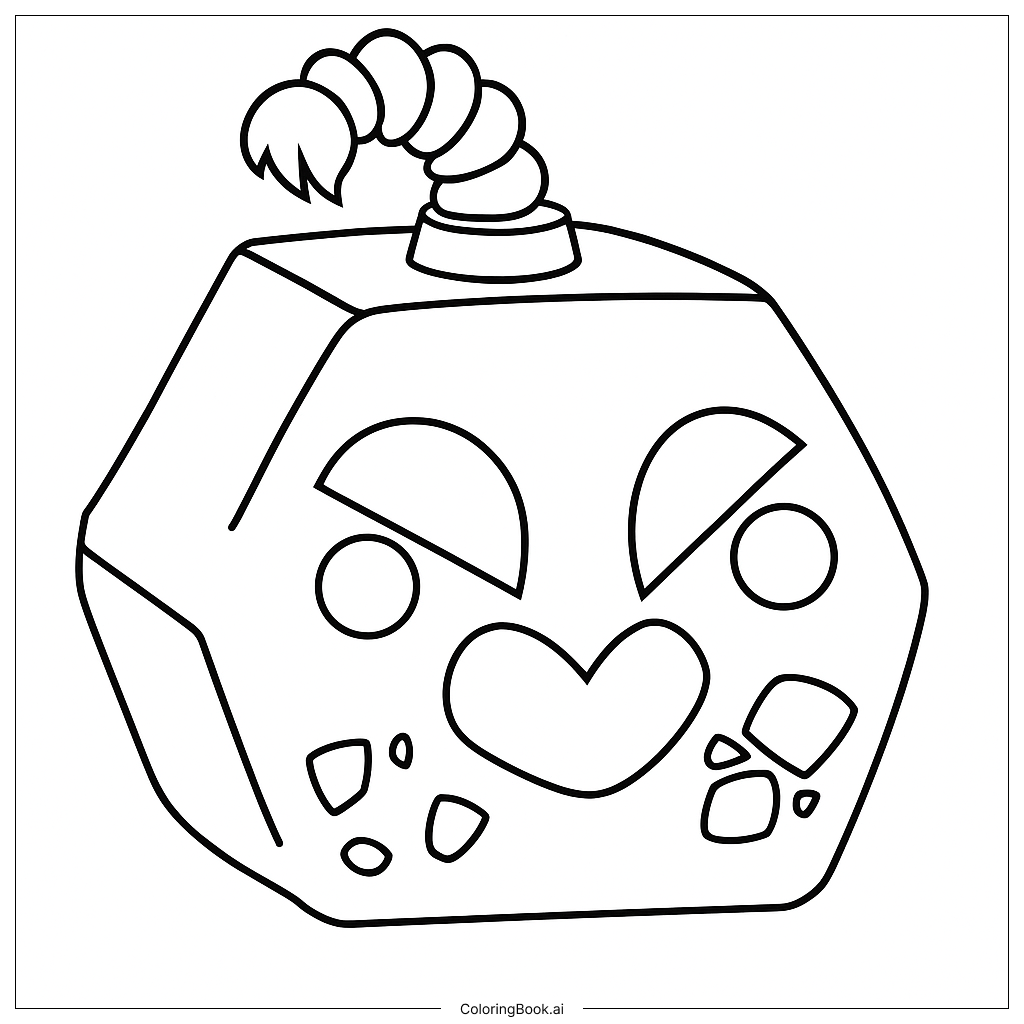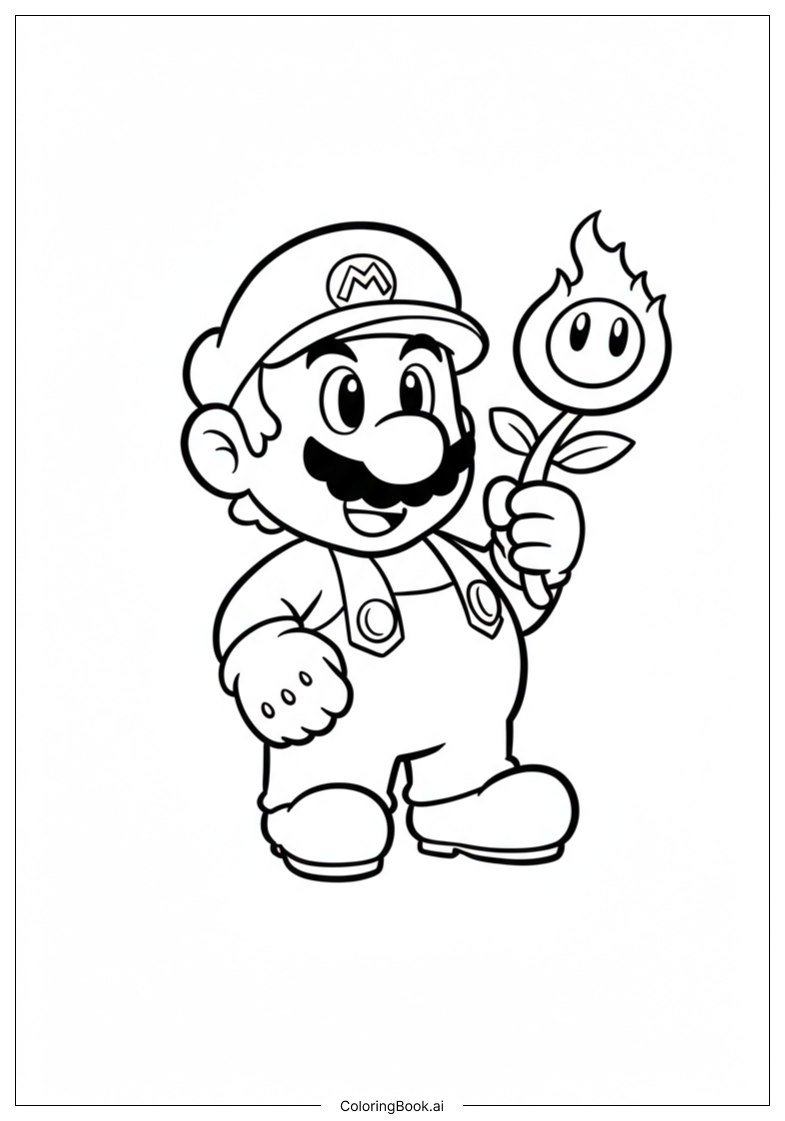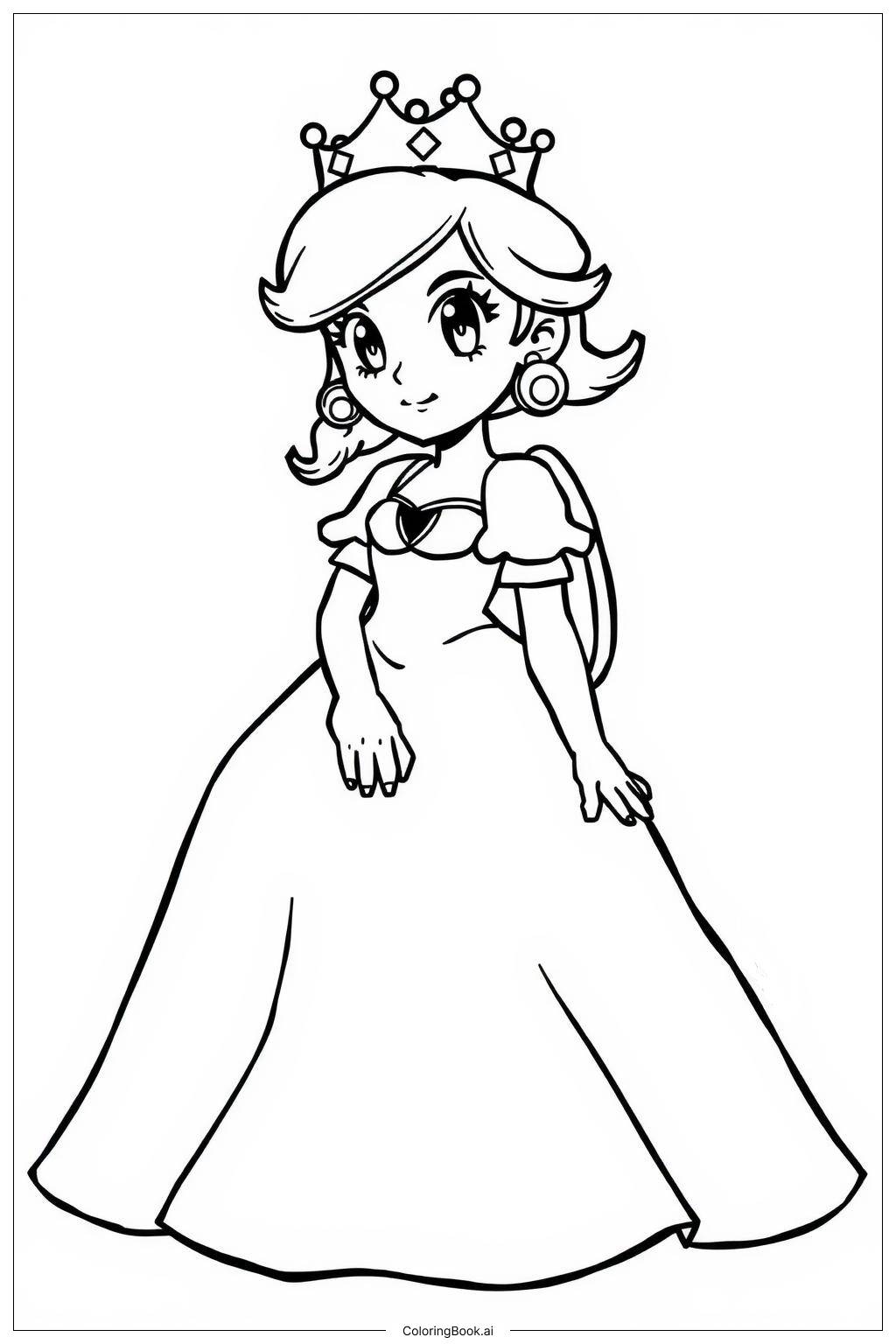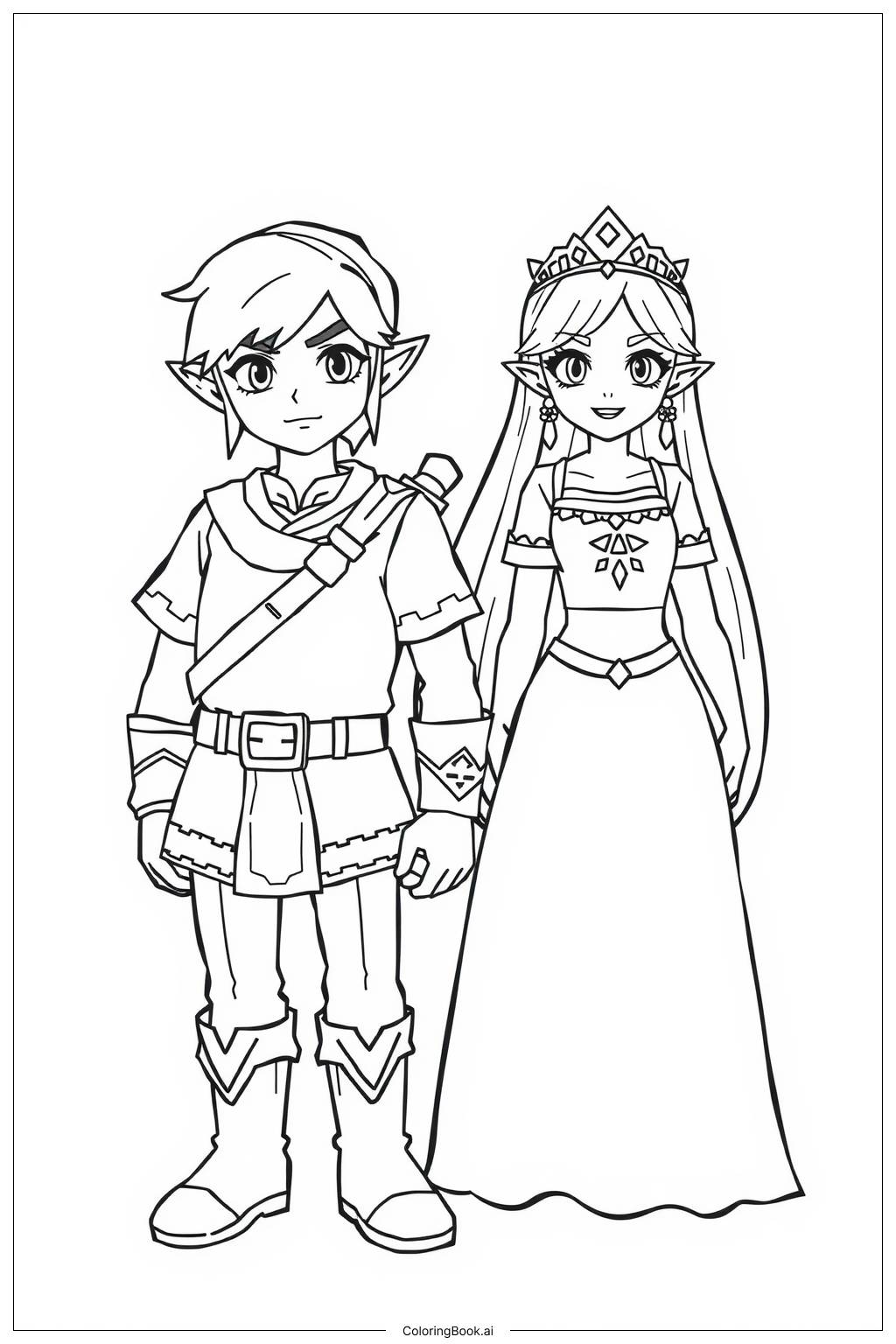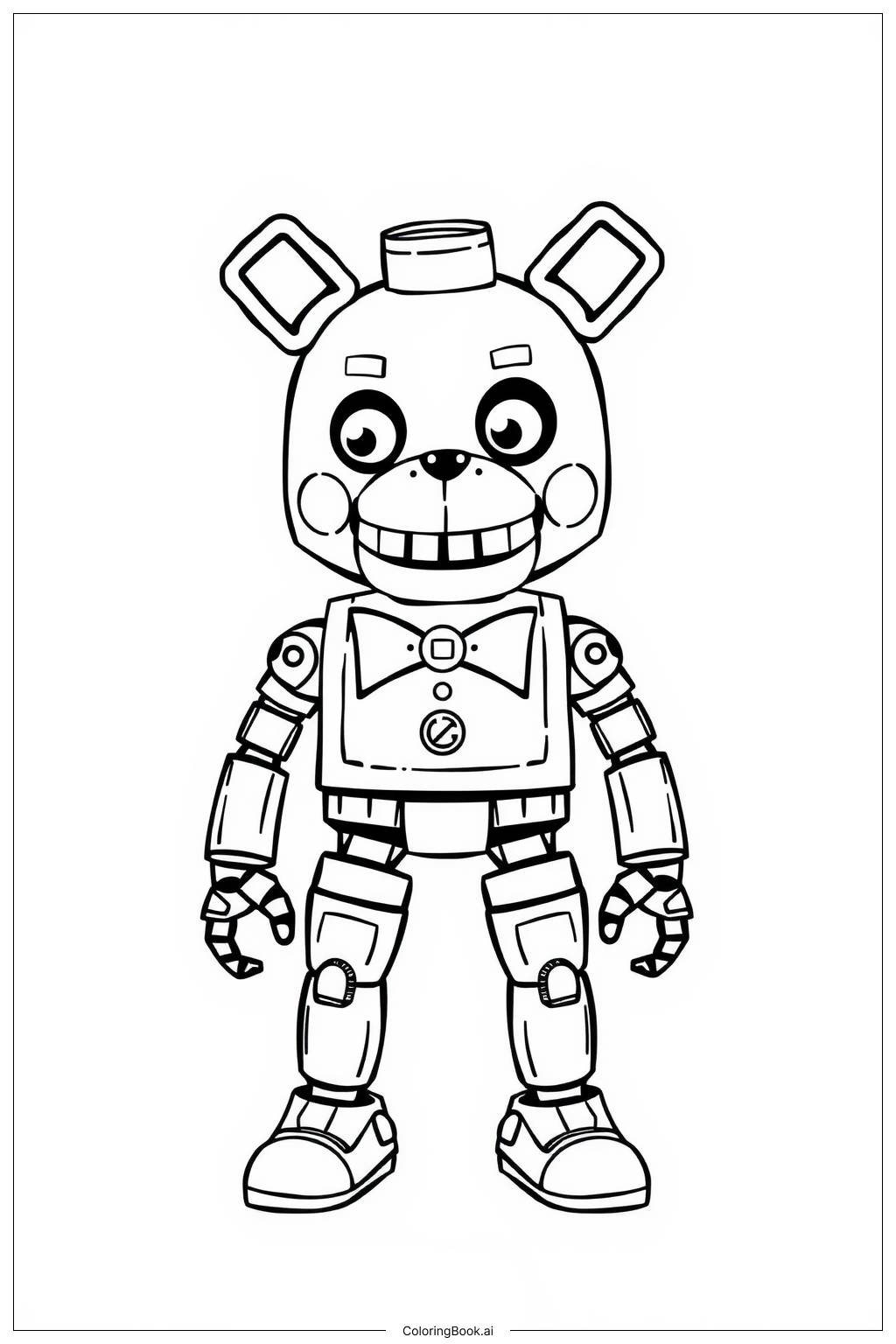Coloring tips: How to color Leopard coloring page well?
Use shades of yellow, orange, and brown for the leopard spots to make them look natural. The spots can be dark brown or black to stand out nicely. Color the ears pink inside for a cute touch. Use green for the jagged grass or fur shape at the bottom. The curled tail can match the yellow and orange theme with dark spots. Try to use light and dark tones to create some depth and make the block look 3D. You can add shadows along the edges to help the shape pop. For the tube or straw, light grey or silver colors work well. Feel free to add your own bright colors for creative fun!
Coloring challenges: Which parts are difficult to color and need attention for Leopard coloring page?
1. Small and irregular spots: The different sizes and shapes of the leopard spots can be challenging to color neatly. It requires care and attention to detail.
2. Jagged edges at the bottom: The sharp points need steady coloring to stay inside the lines.
3. Curved tail and ears: Curved shapes may be tricky to color evenly without going outside the lines.
4. Creating depth: Adding shadows or light effects to make the block look three-dimensional may be difficult for beginners.
5. Consistent color theme: Maintaining the correct shades of yellow, orange, and brown while coloring all parts demands concentration.
Benefits of coloring books: Advantages of drawing Leopard coloring page
Coloring this image helps improve hand-eye coordination as you follow the small spots and sharp edges carefully. It encourages focus and patience while coloring within the lines. Using different shades teaches children about color blending and shading. This fun activity also boosts creativity because kids can decide their own colors and styles. Finally, coloring animal patterns like leopard spots introduces children to nature and animal themes, broadening their knowledge and interest.
